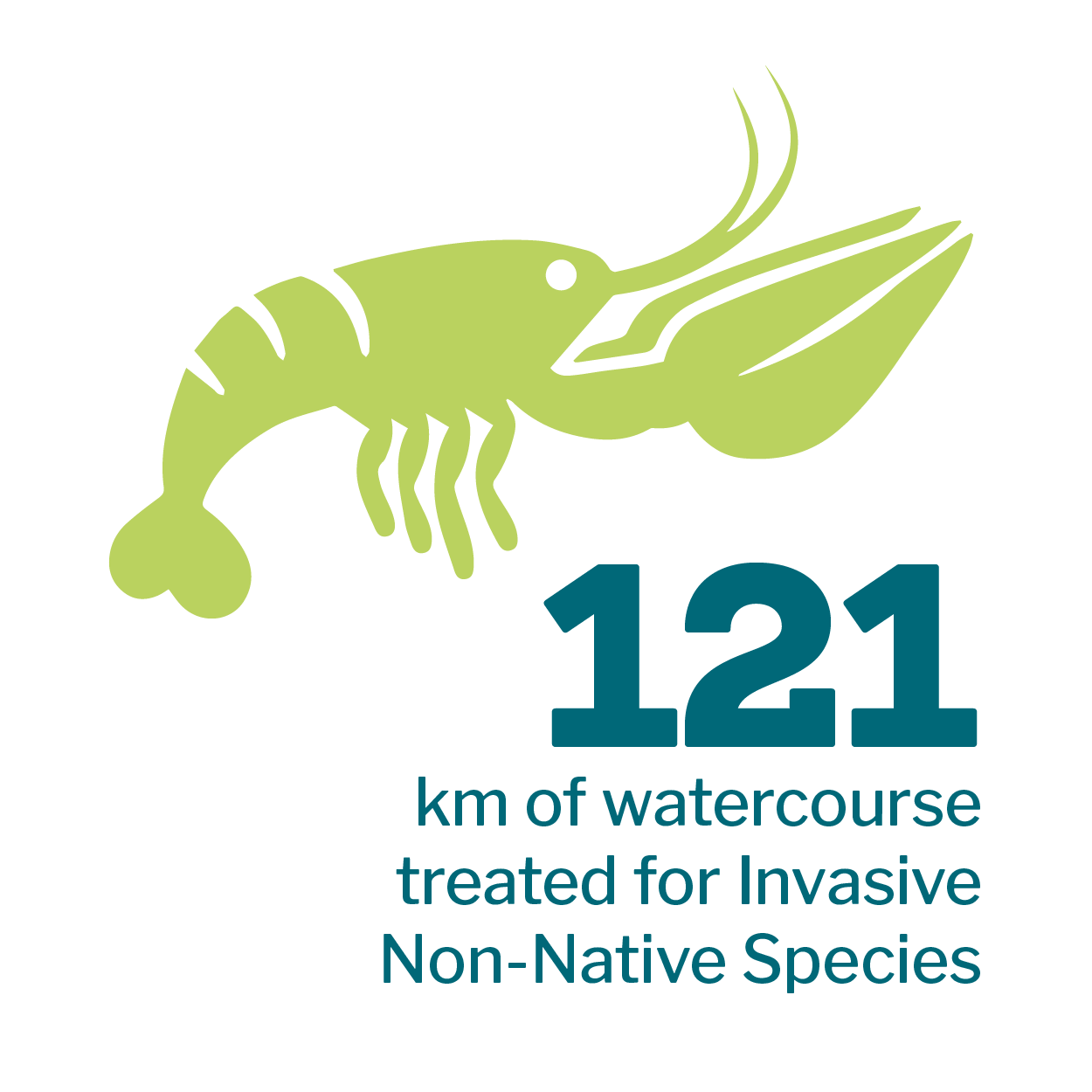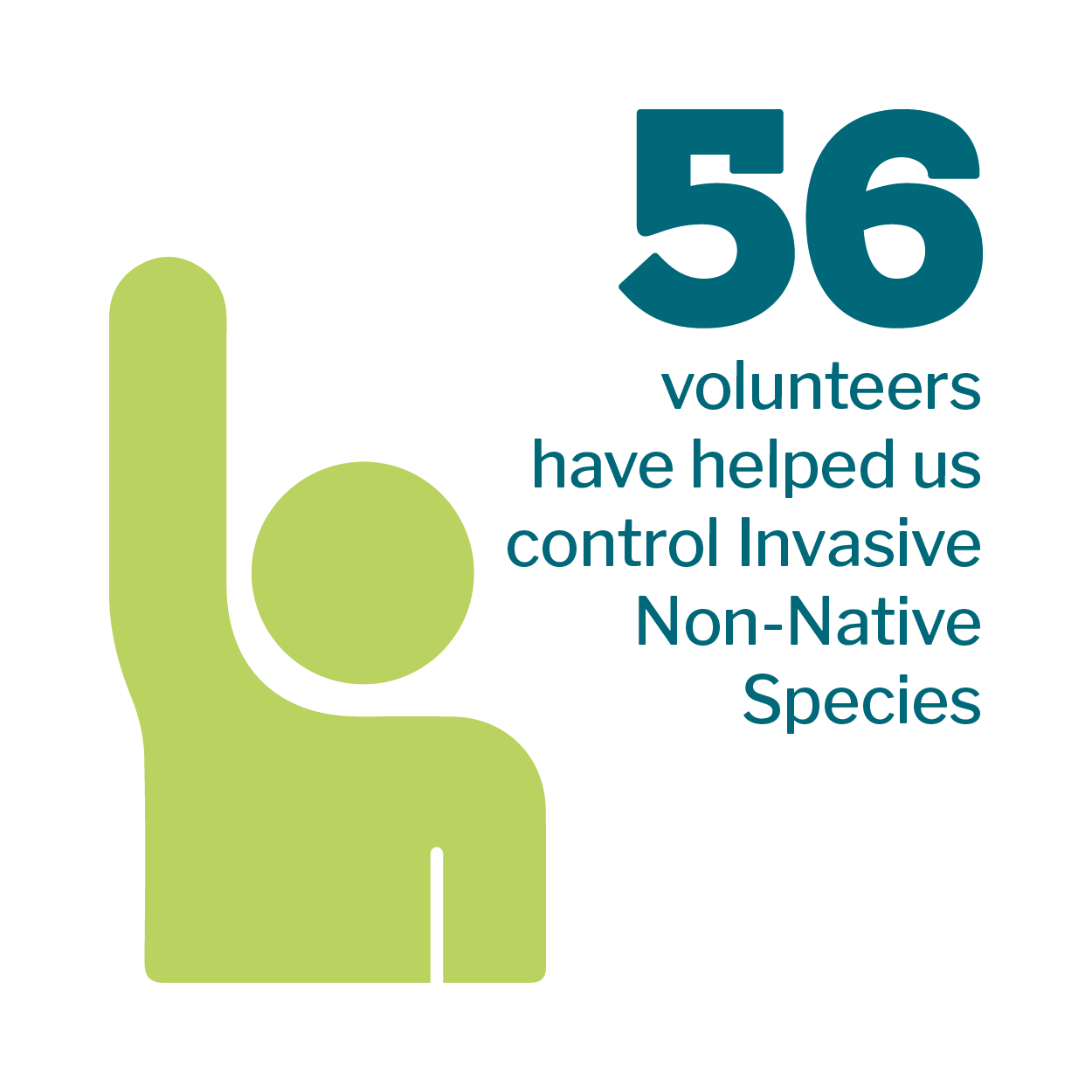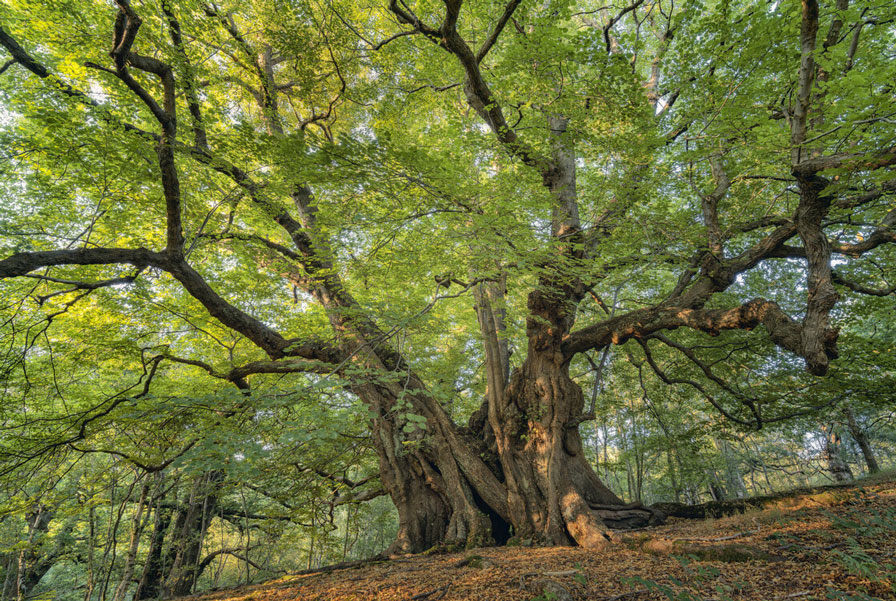Three of our Ryevitalise projects are directly focused on creating / enhancing habitats, improving water quality and controlling invasive non-native species.
Discover what we're doing with the support of farmers, landowners and land managers.
1) Habitat restoration and water quality
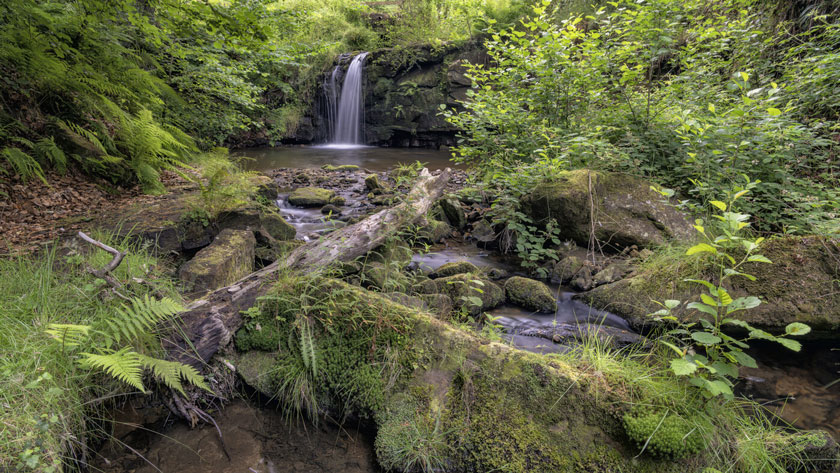
What?
We're working to conserve, enhance and reconnect the habitats of the western Rye catchment. In doing so, we're addressing issues surrounding pollution, habitat loss, water quality, soil erosion and land management.
How?
In partnership with farmers and land managers we develop conservation agreements to identify ways of enhancing the natural environment. Through these agreements, funding is available towards projects which help improve water quality, as well as create or restore habitats. Examples include the creation of marshy grasslands or fencing off areas around riverbanks to prevent livestock entering the water.
We also run best practice advice sessions through our Working with Farmers programme.
Case study: tree planting alongside rivers
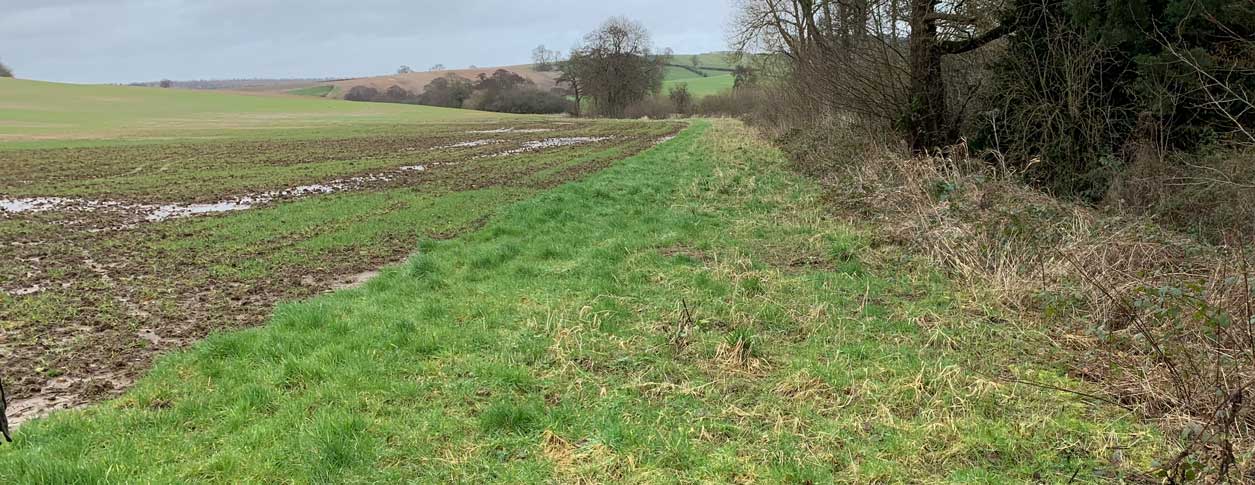
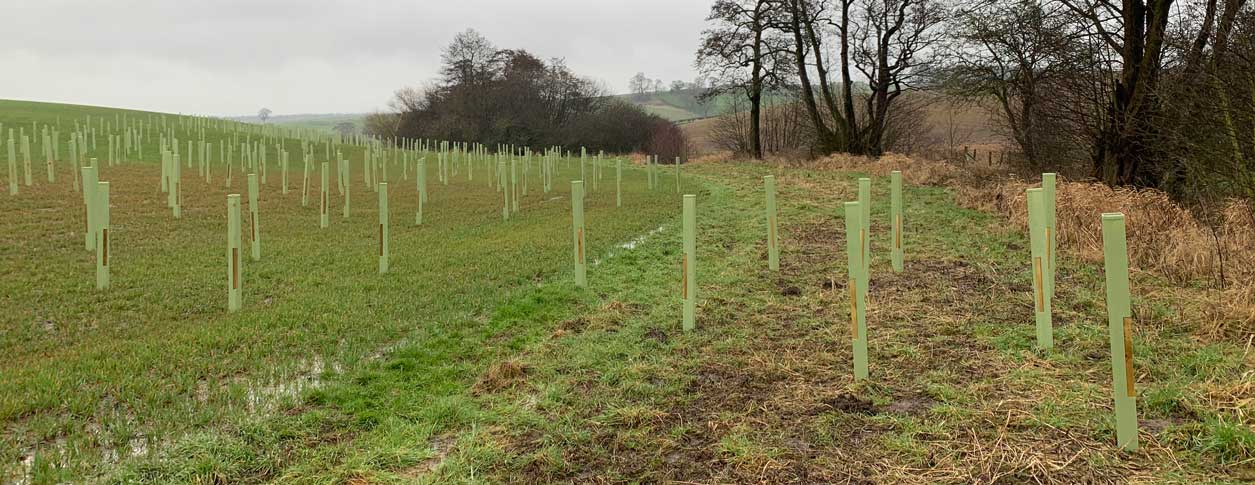
Why?
Most of the sub-catchments in the western Rye have been failing on their ecological status. By improving the habitats on land adjacent to watercourses it will help improve water quality due to the heavily connected interactions between these areas. Improving water quality will support a greater diversity of species within the river and adjacent landscape.
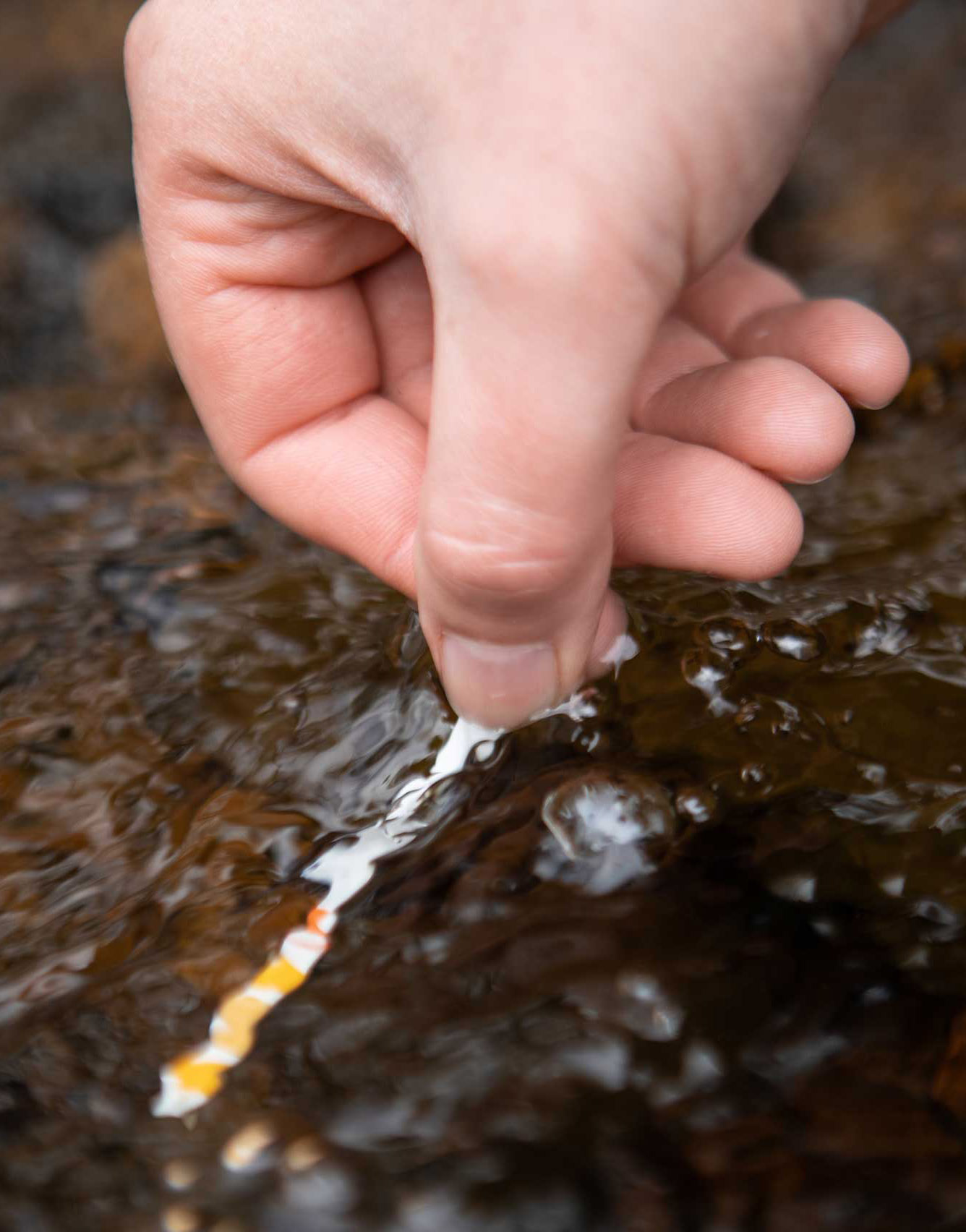
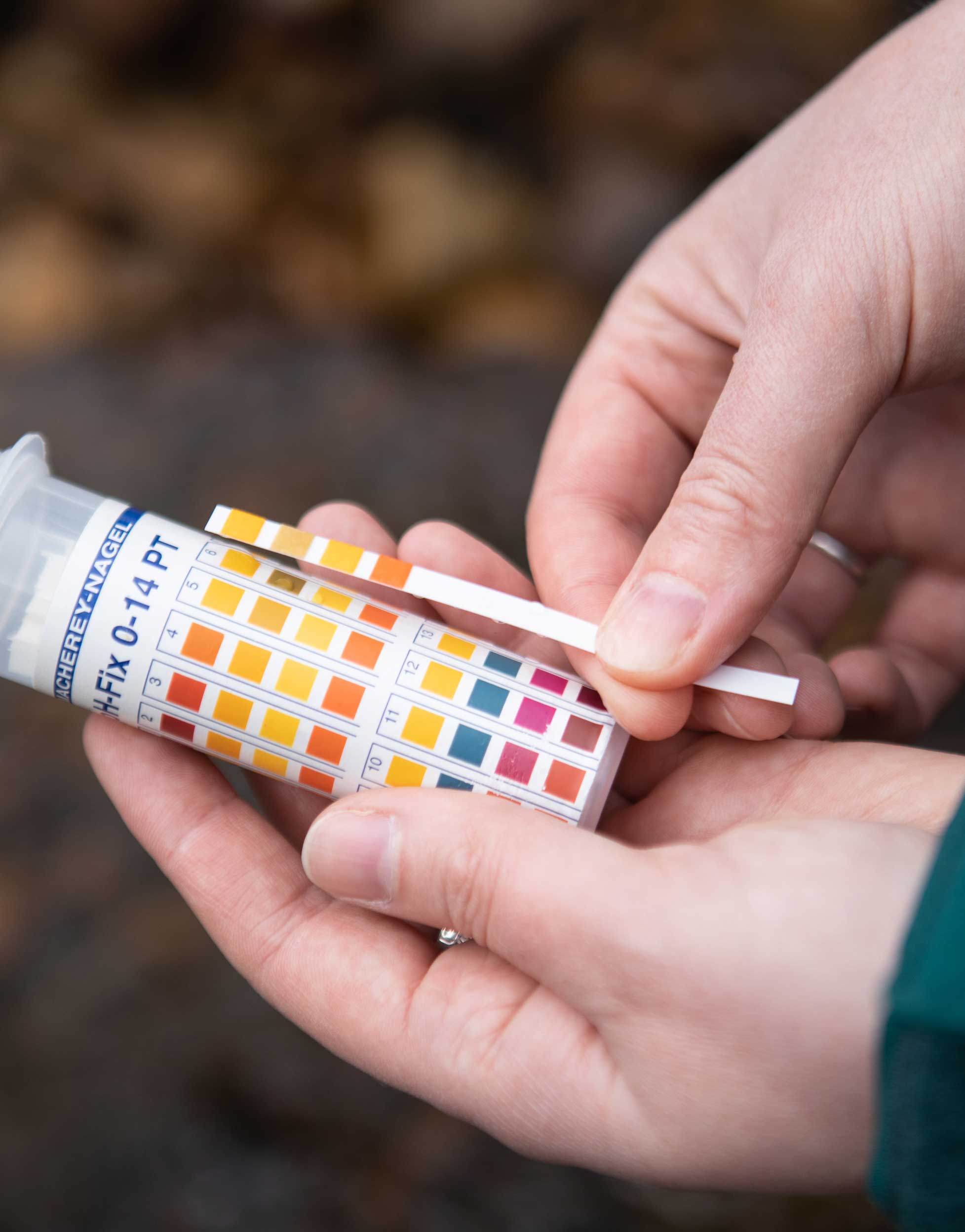
By targeting diffuse and point source pollution using capital works and habitat restoration we can work towards an improvement in water quality and benefit to the environment, as well as people’s enjoyment of the area. Altering the land use and management directly beside a watercourse has multiple benefits: reducing surface water flows and therefore the rate water enters watercourses; stabilising bank edges with tree roots; and increasing filtration of water. Increasing the connectivity within the landscape provides greater opportunities for wildlife to forage and shelter and enhances the corridors they can use to maintain viable populations.
Key achievements so far
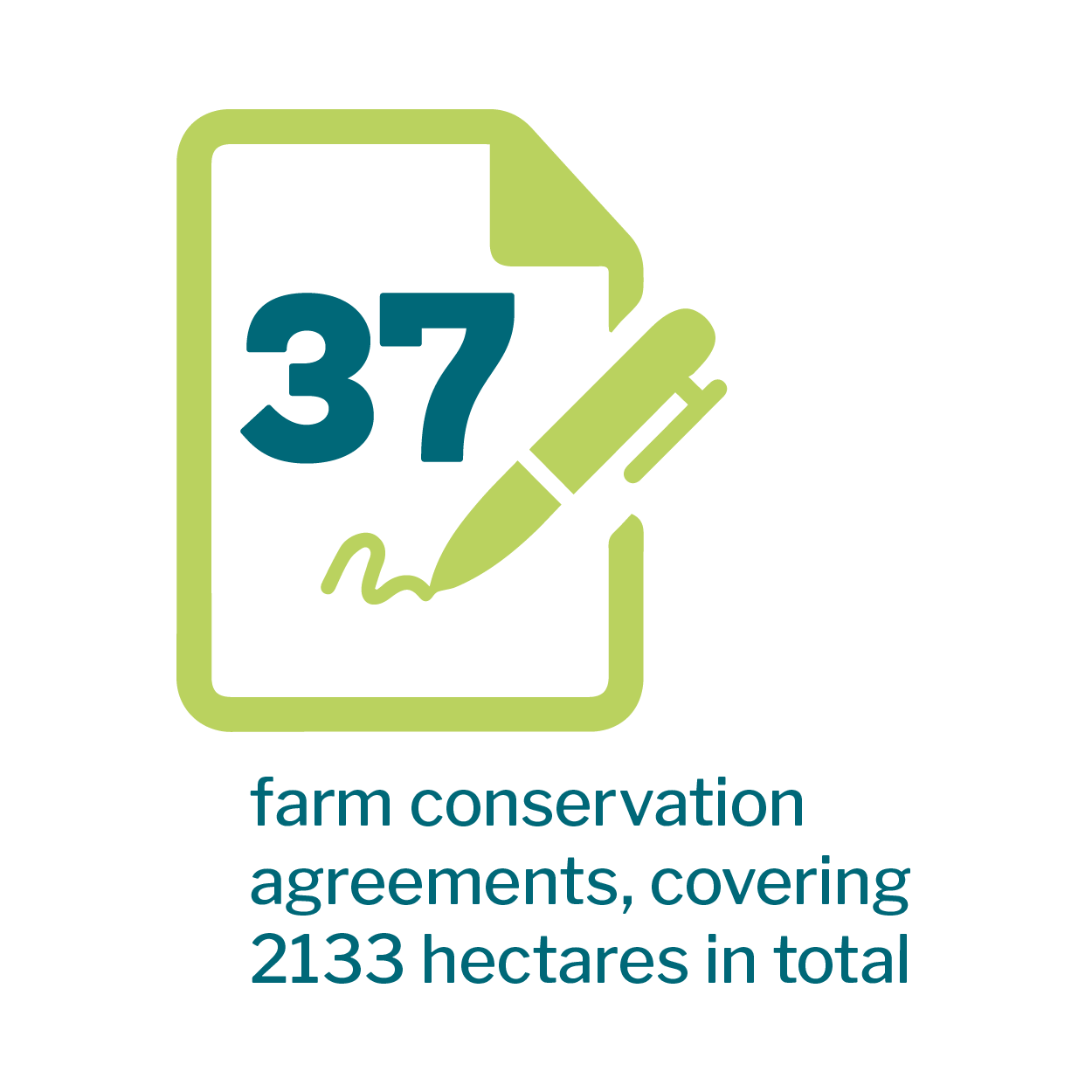
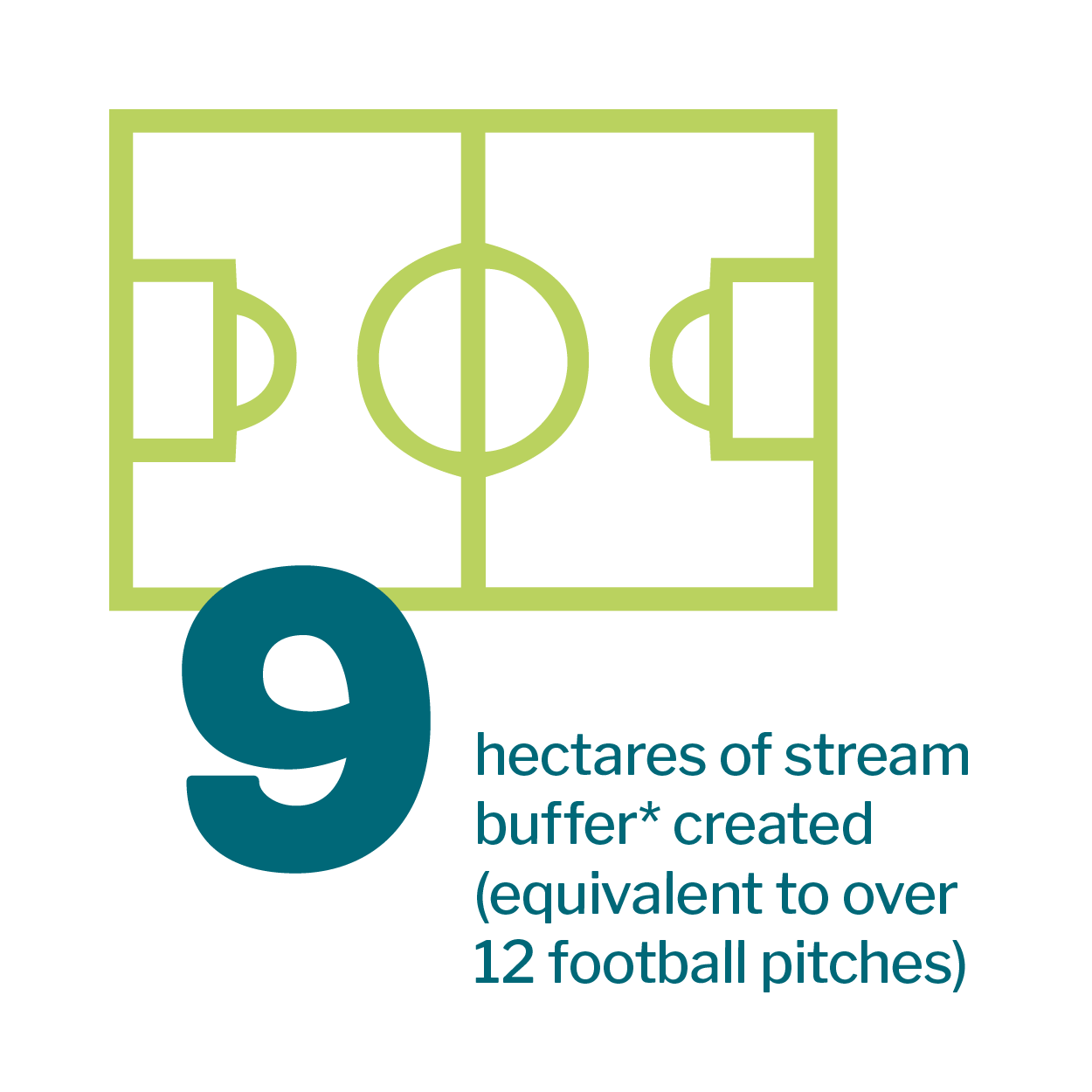
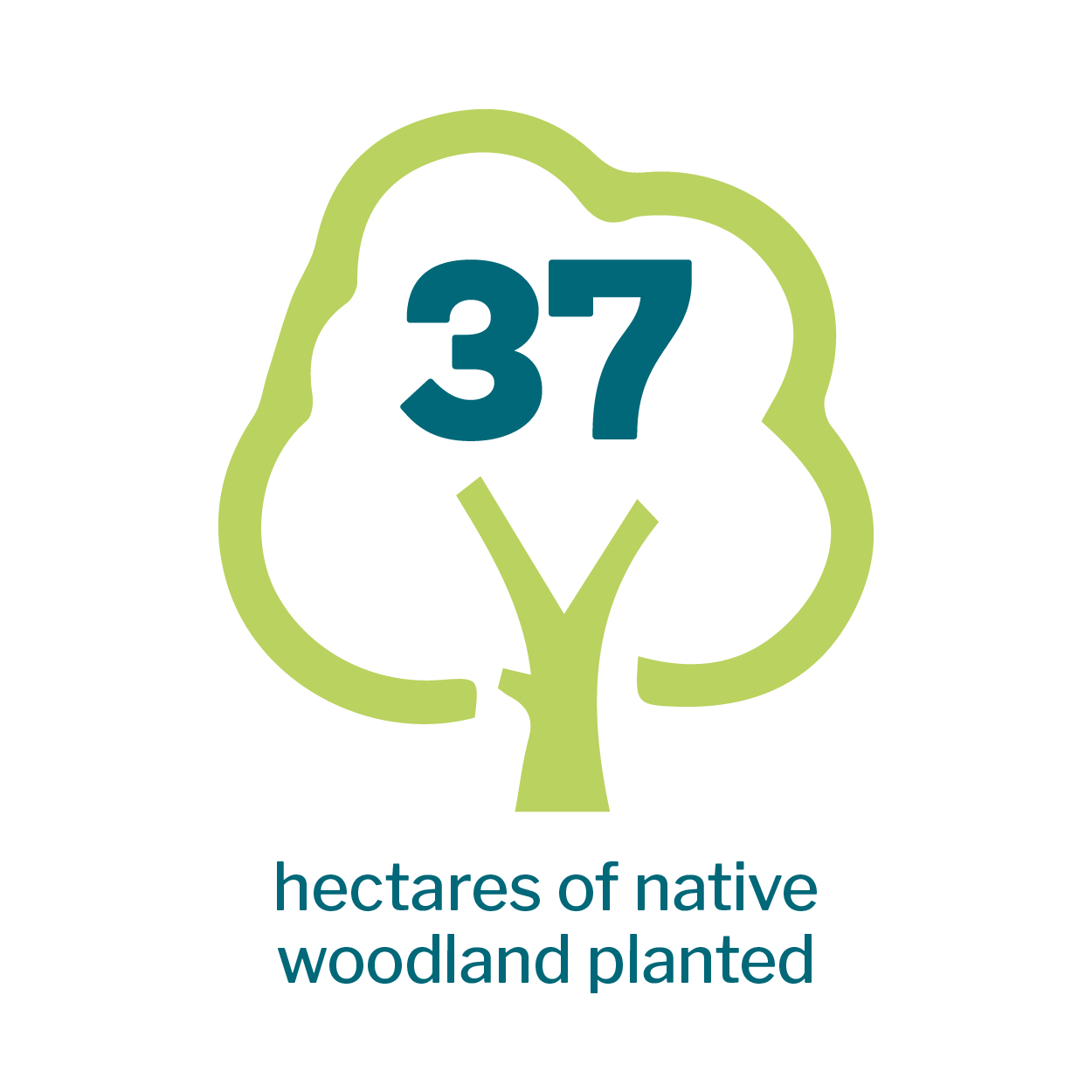
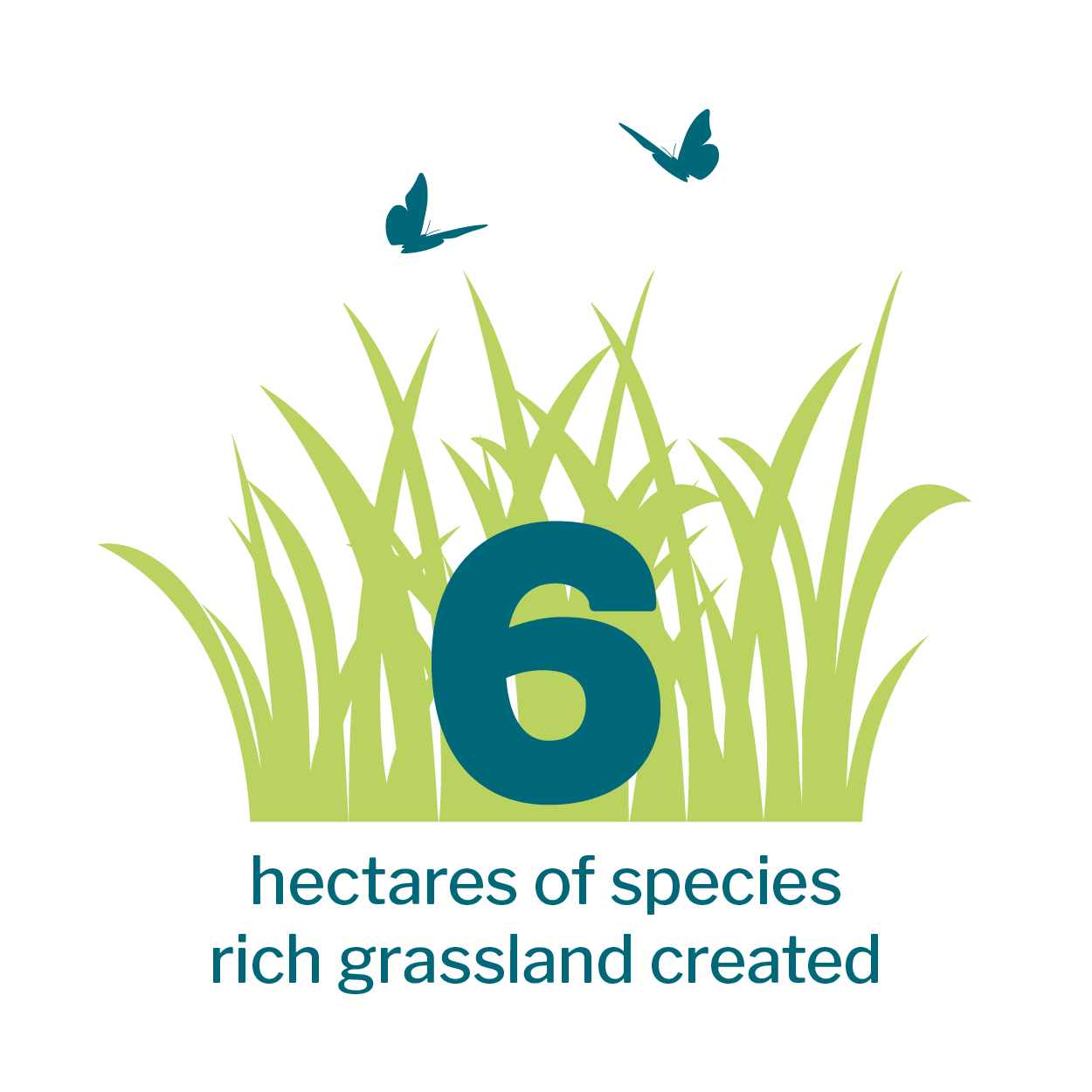
2) Wooded wonders
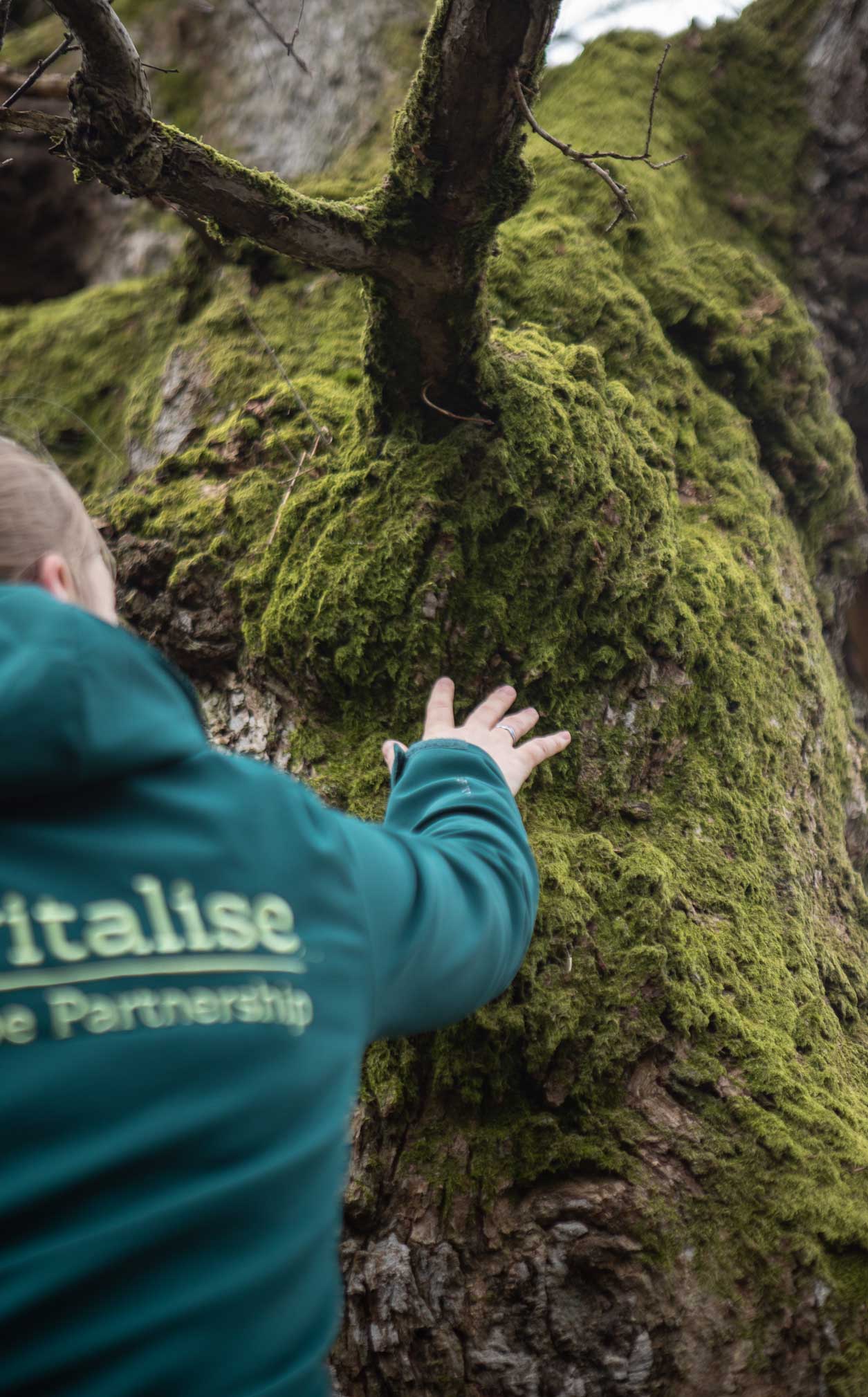 What?
What?
Working with landowners to restore plantations on ancient woodland sites (PAWS) or plantations adjacent to ancient woodlands.The vast majority of PAWS in the area were cleared and planted with coniferous species since the Second World War - many of these sites are now at harvesting age. Consequently, there is an urgency to address these sites whilst ancient woodland features still remain.
How?
To restore these habitats we're doing the following:
- protecting / enhancing any remnant ancient woodland features.
- removing / reducing introduced trees and shrubs.
- re-establishing native trees, shrubs and ground flora.
- conserving historic environment features.
Why?
Of the 2,662 hectares of ancient woodland sites within the Ryevitalise scheme area nearly, 71%, or 1,902 hectares, have been converted to PAWS, leaving only 739 hectares of ancient semi-natural woodland (ASNW) cover remaining. The loss of such a stable, well-connected habitat through the conversion of ASNW to plantation forest has inevitably threatened the many species that rely on this ancient ecosystem such as bats, fungi and invertebrates.
There is also an impact on river catchments through adverse effects on water quality due to lack of water interception compared to broadleaved woodland and lack of riparian habitat. Restoration of PAWS and conversion of other conifer plantations to native broadleaf woodland will create more robust and resilient habitats to mitigate the effects of climate change including the impacts of more frequent high rainfall and flood events, as well as enabling wildlife to move more freely through the landscape via well connected habitats.
Key achievements so far
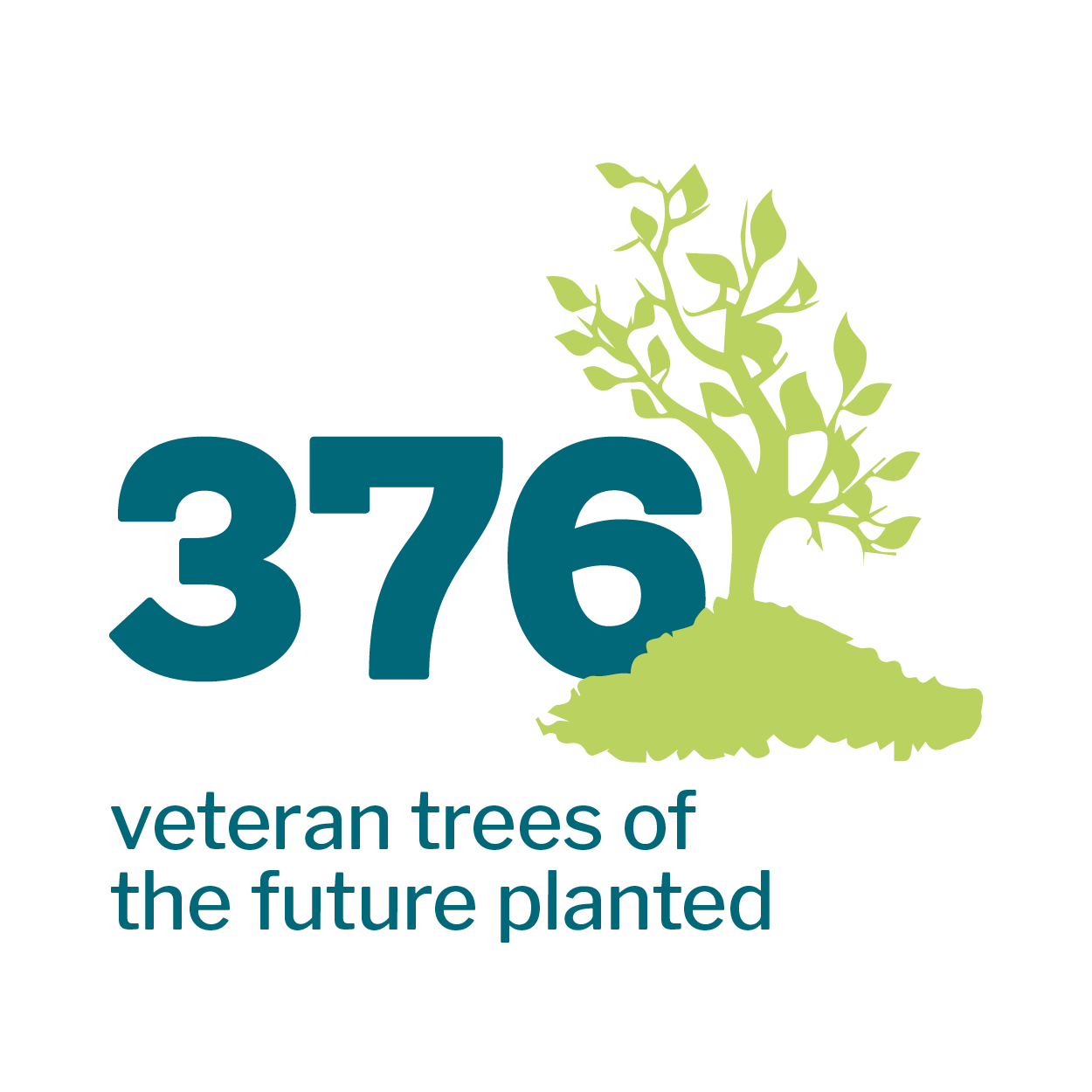
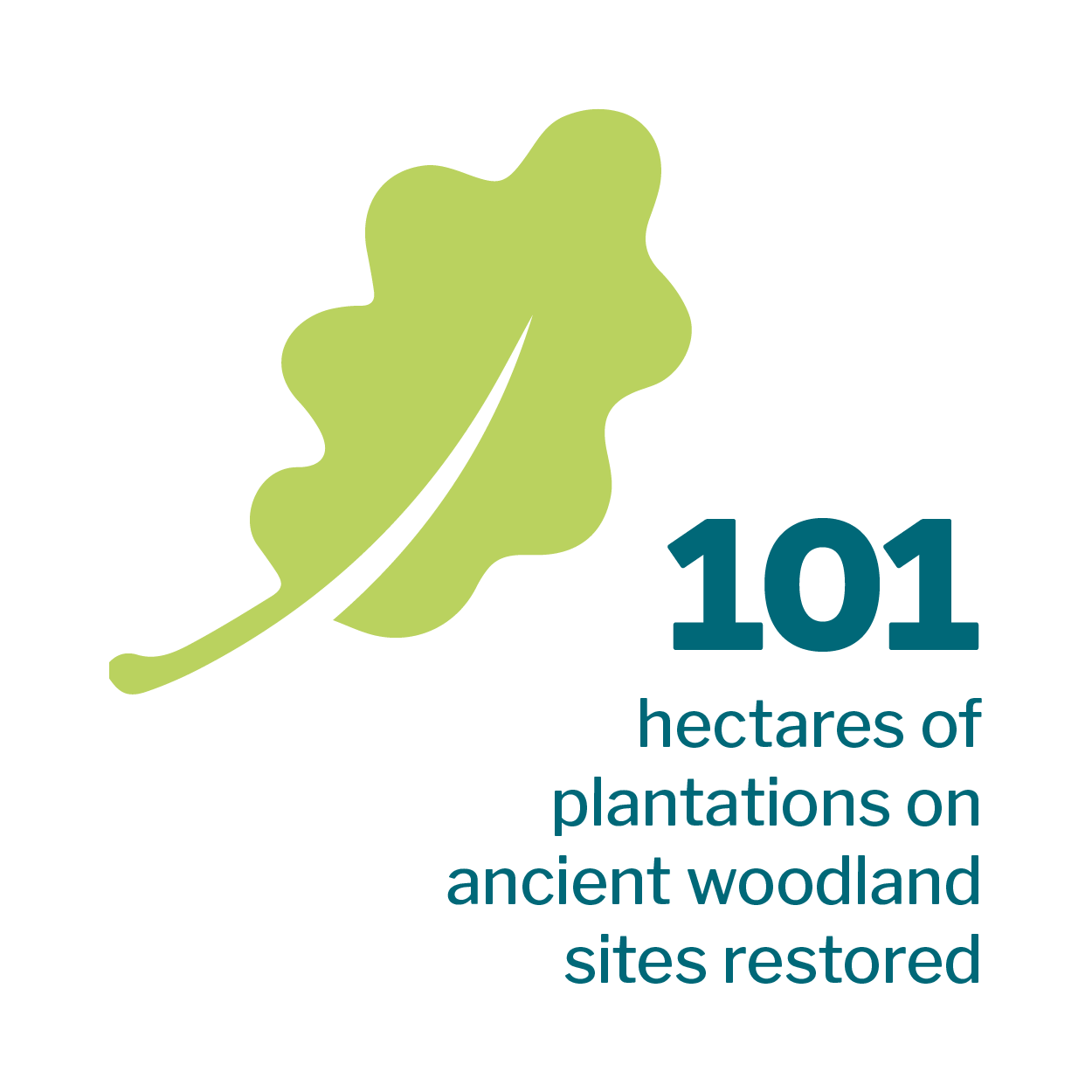
3) Invasive non-native species
What?
Invasive non-native species (INNS) are present across the Ryevitalise catchment - some have been introduced intentionally or accidentally through human activities such as agriculture, forestry and fishing. INNS found in the Ryevitalise catchment include Himalayan balsam, Japanese knotweed, New Zealand Pigmyweed, Pirri Pirri Burr and American Signal Crayfish.
How?
As our catchment consists of private land holdings, the ability to effectively control INNS largely depends on landowner permissions and our ability to contact landowners. Isolated pockets of New Zealand Pigmyweed have a control plan in place, one of which has been progressing for a year already. Pirri Pirri Burr is also currently restricted to one area in our catchment, making control simpler.
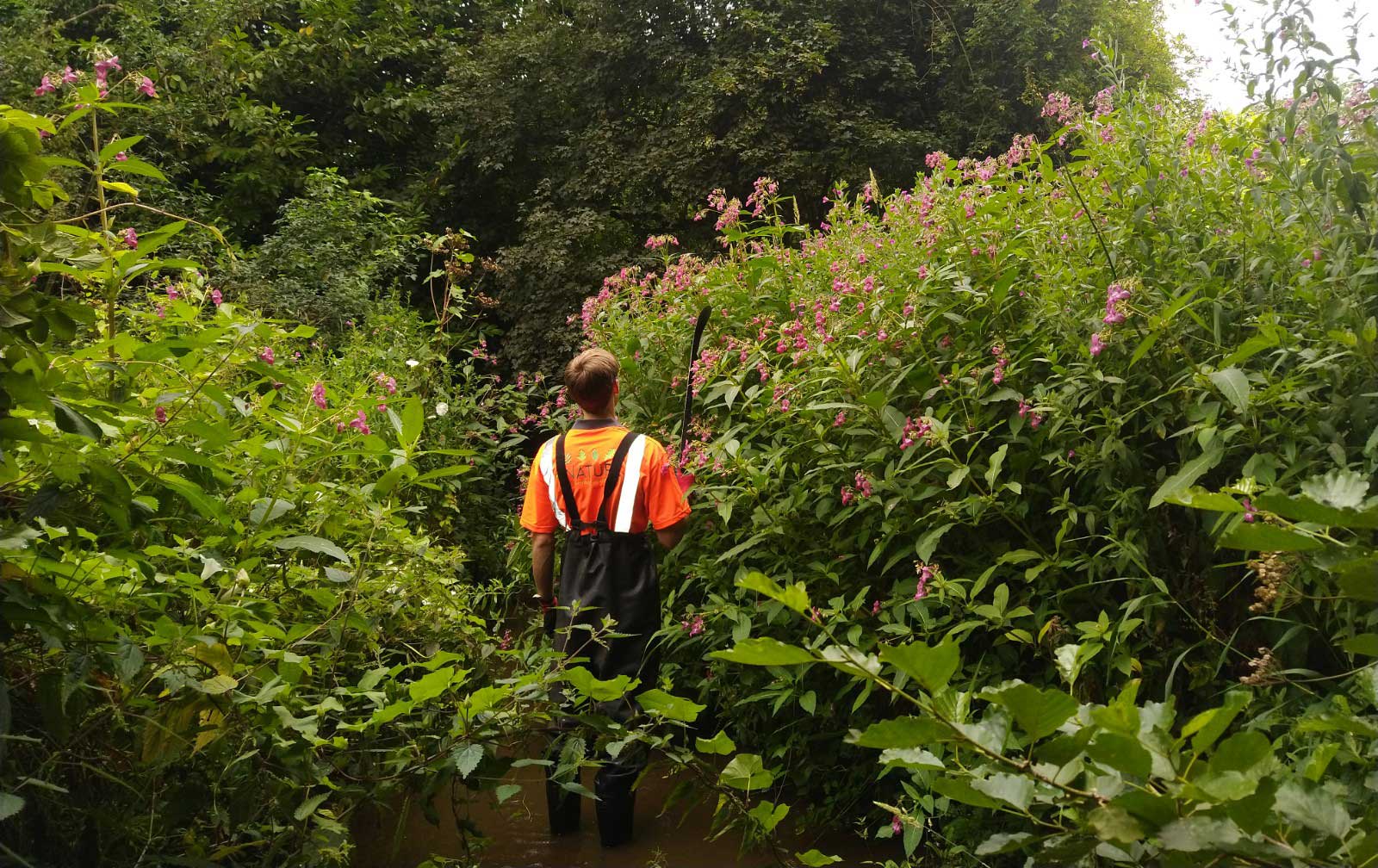
Himalayan balsam is more widespread and present in nearly every watercourse and control has been taking place throughout the catchment. Over a number of years, contractors and volunteers have worked throughout the catchment surveying and controlling Himalayan balsam, however the team are looking to reach all landowners within the catchment so that gaps in control effort can be filled.
Additionally, we have been monitoring the effects of American Signal Crayfish on our native White-clawed Crayfish, using eDNA sampling. Awareness of the issues around Signal crayfish have been discussed with local angling clubs, young River Rangers and as part of public engagement, to discourage the further spread of Signal Crayfish by humans, and also to increase awareness of biosecurity and the risks of spreading Crayfish Plague across watercourses.
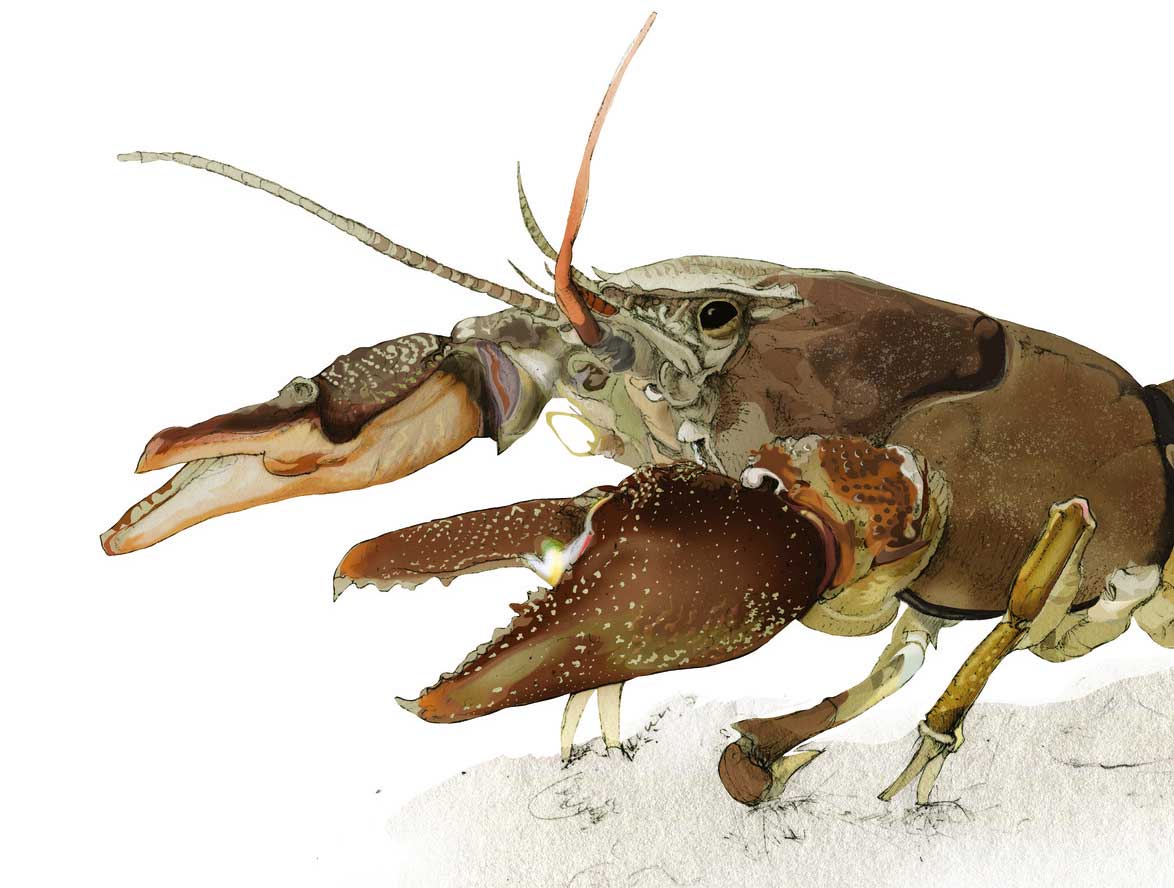
Why?
American Signal crayfish carry Crayfish Plague, which doesn’t affect their own populations but has devastating effects of other species of crayfish, including the White-clawed Crayfish. The Signal crayfish also degrade banks of watercourse and cause siltation through extensive burrowing into the banks.
Invasive Non-Native plant species are a problem because they outcompete native species, monopolising whole areas, and spread rapidly. Himalayan balsam is an annual plant so when it dies off in winter it leaves bare earth on the banks of watercourses, making them unstable and susceptible to erosion.
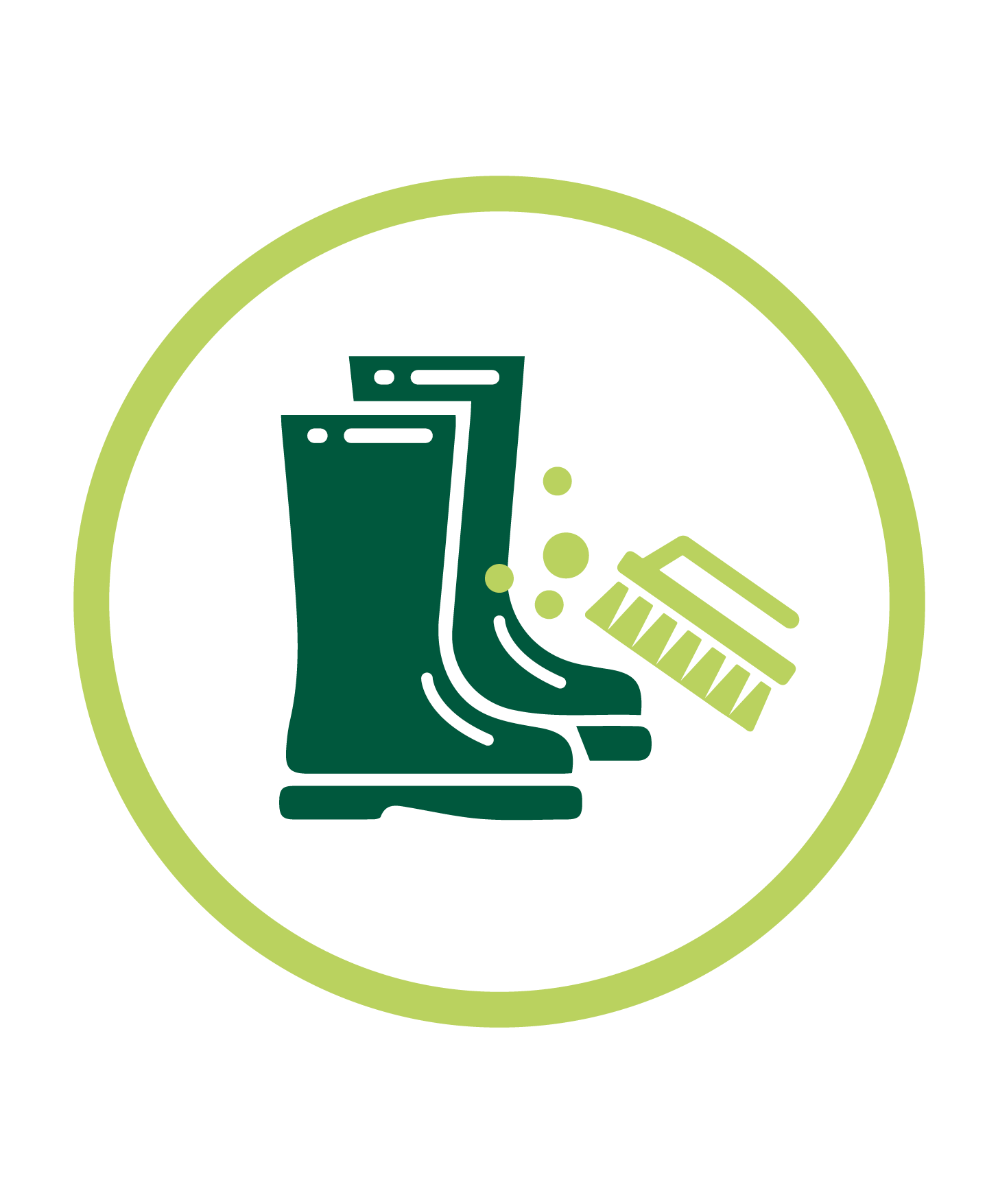 Keep it clean - stop the spread
Keep it clean - stop the spread
Our clothes and equipment can carry pests and diseases in and out of the National Park. Stop the spread by cleaning, washing and drying your footwear, clothing, bikes and equipment.
This is particularly important if you're planning to do water-based activities too. Also watch out for large burrs on your clothing or dog’s coat as this could have come from Pirri Pirri Burr. Try not to spread these to other areas.
Key achievements so far
